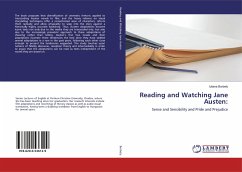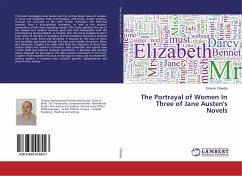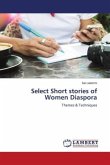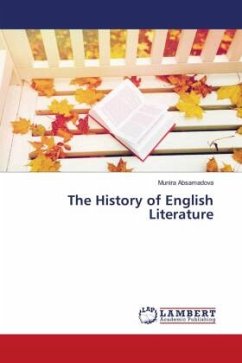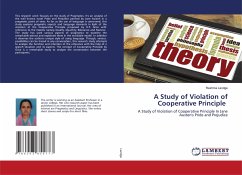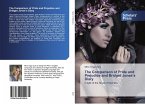The book proposes that diversification of cinematic rhetoric applied to transcoding Austen novels to film, and the heavy reliance on visual storytelling techniques offer a romanticized view of characters, reform them radically and allow physicality to seep into the story against a historically highly accurate backdrop. Thus, Austen adaptations become iconic texts not only due to the media they are transcoded into, but also due to the increasingly prevalent approach to these adaptations of showing rather than telling. Austen's first two novels and their adaptations illustrate these tendencies the best since they have yielded several adaptations in a row in the past years, following each other close enough to present the tendencies suggested. The study touches upon notions of fidelity discourse, reception theory and intermediality in order to argue that the adaptations can be read as texts independent of the novels they are based on.
Bitte wählen Sie Ihr Anliegen aus.
Rechnungen
Retourenschein anfordern
Bestellstatus
Storno

